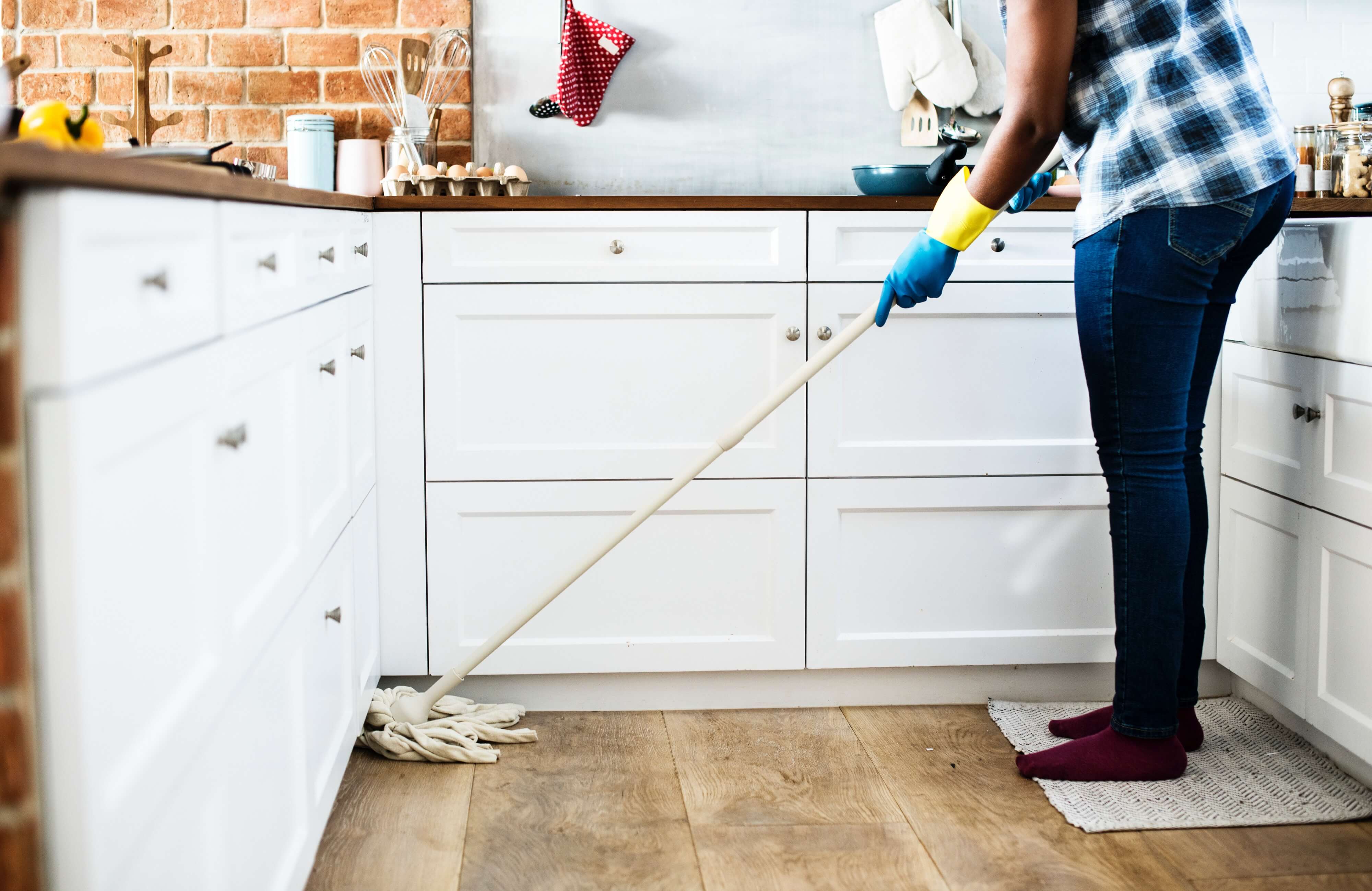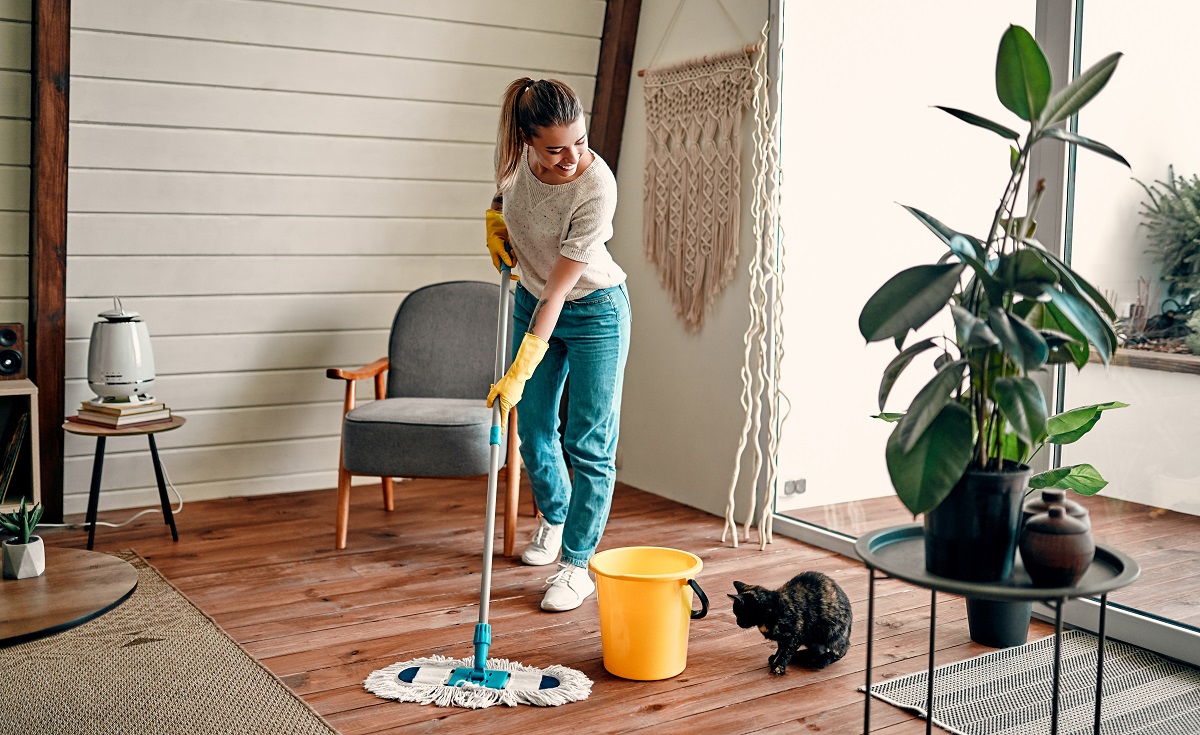Recognizing the Demand for Extensively Disinfecting and Disinfecting Regularly Touched Surfaces in High-Traffic Areas
In the world of public wellness and safety and security, the meticulous disinfection and sanitization of frequently touched surface areas in high-traffic locations stand as vital actions in avoiding the spread of hazardous virus. By exploring the different elements of surface disinfection, from the risks linked with ignoring cleaning methods to the efficient methods that can be used, a clearer understanding arises of the vital duty these methods play in securing public health and wellness.
Significance of Surface Area Disinfection
Emphasizing the complete disinfection of high-traffic surface areas is critical in preserving a sanitary atmosphere and stopping the spread of hazardous virus. High-touch surfaces such as door deals with, light buttons, elevator buttons, and kitchen counters work as breeding premises for germs and infections. Normal sanitation of these surface areas is important to minimize the threat of contamination and transmission of illnesses.
By carrying out a robust sanitation method, companies and organizations can create a safer atmosphere for visitors, staff members, and consumers. Correct surface area disinfection not just alleviates the spread of infectious conditions yet also imparts self-confidence in the tidiness and safety and security of the properties. This aggressive technique demonstrates a commitment to health and wellness, which is particularly important in high-traffic areas where the chance of exposure to pathogens is heightened.
Furthermore, surface area sanitation plays a critical duty in general infection control methods. Incorporated with hand health methods, putting on masks, and preserving physical distancing, detailed disinfection of high-touch surfaces develops a comprehensive protection against the transmission of dangerous microorganisms. Prioritizing surface area disinfection is a necessary part of an all natural strategy to health and wellness in common spaces.
Threats of Overlooking Cleaning Practices
Ignoring detailed sanitation of high-traffic surface areas considerably enhances the threat of bacterial and viral contamination, presenting a severe danger to the health and wellness of individuals often visiting these rooms. Failure to execute appropriate cleaning practices can bring about the buildup and spread of damaging pathogens, including viruses and bacteria, on often touched surface areas such as doorknobs, handrails, elevator switches, and countertops.

In addition, neglecting the value of detailed cleansing not only compromises the health of people but additionally threatens initiatives to preserve a sanitary and clean atmosphere. It is essential to acknowledge the significance of correct disinfection methods in stopping the spread of infections and securing public health and wellness.
Effective Disinfection Approaches
To preserve optimum cleanliness and lower the risk of contamination on high-traffic surface areas, employing efficient sanitation methods is crucial. Among one of the most reliable and typical sanitation methods is utilizing chemical anti-bacterials. These products can vary in toughness and make-up, with some targeting particular virus like germs or infections. It is vital to follow the maker's guidelines for proper dilution, contact time, and air flow when making use of chemical anti-bacterials to ensure their performance - Clear Out his explanation Any Clutter.
Another effective method is using UV-C light. UV-C light has actually been shown to be effective in killing a broad range of microorganisms by disrupting their DNA framework, thus stopping them from reproducing. It is important to make use of UV-C light properly, making certain that the correct strength and exposure time are used to attain the preferred disinfection outcomes.
In addition, utilizing steam cleansing as a sanitation approach can be highly efficient, especially on surfaces that are heat-resistant. Heavy steam can pass through porous surfaces and eliminate bacteria, viruses, and various other virus successfully. When making use of steam cleansing, it is essential to make sure that the surface area gets to the needed temperature for a sufficient quantity of time to guarantee proper disinfection.
Effect On Public Health And Wellness
The upkeep of high standards of sanitation and disinfection on high-traffic surfaces plays a vital duty in safeguarding public health and wellness. Often touched surface areas in areas with high tramp, such as doorknobs, hand rails, lift switches, and restroom centers, function as breeding premises for dangerous pathogens. Falling short to effectively decontaminate these surfaces can result in the quick spread of infectious diseases within neighborhoods. By carrying out comprehensive sanitation protocols, the danger of transmission of infections, microorganisms, and various browse this site other germs can be substantially minimized.
Efficient cleanliness practices not only safeguard people from falling ill but also add to the total wellness of society. Public health and wellness authorities highlight the value of preserving clean settings to avoid episodes and have the spread of ailments. In high-traffic locations like airports, schools, healthcare facilities, and mass transit systems, the effect of rigorous sanitation procedures can not be underrated. Focusing on the sanitization of often touched surfaces is a proactive strategy to promoting public health and boosting the security of people in common rooms.
Applying Routine Cleansing Methods
Immediately setting up and adhering to a consistent routine of cleaning protocols is extremely important for keeping the tidiness and security of high-traffic surfaces. Normal cleaning procedures are essential in avoiding the build-up of germs and microorganisms on regularly touched surfaces, especially in areas with high foot website traffic. By executing a systematic method to cleaning, organizations can properly decrease the danger of condition transmission and create a healthier setting for employees, clients, and the general public.
To establish an effective cleaning routine, it is important to recognize high-traffic areas that require regular attention. These areas might consist of doorknobs, hand rails, elevator buttons, washroom facilities, and common devices. Executing a regular cleaning routine that targets these surfaces multiple times a day can substantially lower the spread of damaging microorganisms and viruses.
Furthermore, using proper cleansing agents and anti-bacterials is vital to guaranteeing that surfaces are thoroughly sanitized. Routine training of cleaning up personnel on proper cleaning techniques and the relevance of adherence to the cleaning schedule is additionally essential in keeping a sanitary setting. By focusing on regular cleansing procedures, organizations can promote the health and wellness of individuals that connect with these high-traffic surface areas.

Conclusion
In final thought, it is important to prioritize comprehensive sanitation and sanitization of regularly touched surface areas in high-traffic areas to stop the spread of damaging pathogens and keep public wellness. It is important to acknowledge the importance of keeping tidy surfaces in high-traffic locations to guarantee the wellness of the neighborhood.
In the realm of public wellness and safety, the thorough disinfection and sanitization of often touched surfaces in high-traffic locations stand as critical measures in protecting against the spread of damaging pathogens. By checking out the numerous aspects of surface area disinfection, from the threats linked with disregarding cleaning my review here methods to the effective techniques that can be employed, a clearer understanding arises of the vital function these practices play in guarding public health and wellness.In addition, using vapor cleaning as a sanitation technique can be extremely effective, especially on surfaces that are heat-resistant. When making use of steam cleaning, it is important to make certain that the surface area gets to the required temperature for an enough quantity of time to ensure correct disinfection.
In final thought, it is critical to prioritize complete sanitation and sanitization of regularly touched surfaces in high-traffic areas to stop the spread of unsafe pathogens and preserve public health and wellness.
 Jennifer Grey Then & Now!
Jennifer Grey Then & Now! Neve Campbell Then & Now!
Neve Campbell Then & Now! Scott Baio Then & Now!
Scott Baio Then & Now! Elin Nordegren Then & Now!
Elin Nordegren Then & Now! Elisabeth Shue Then & Now!
Elisabeth Shue Then & Now!